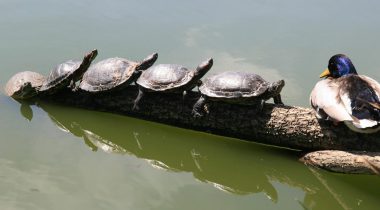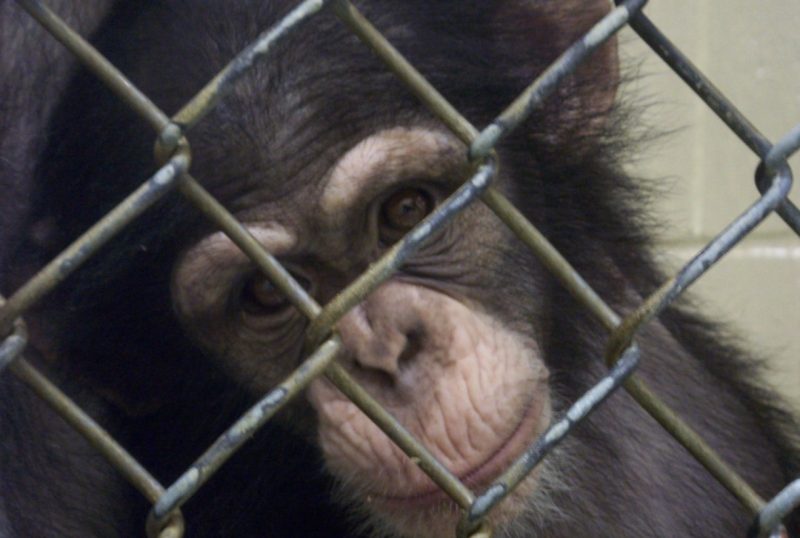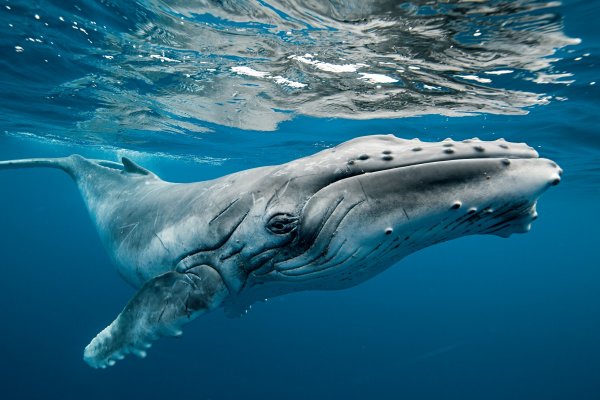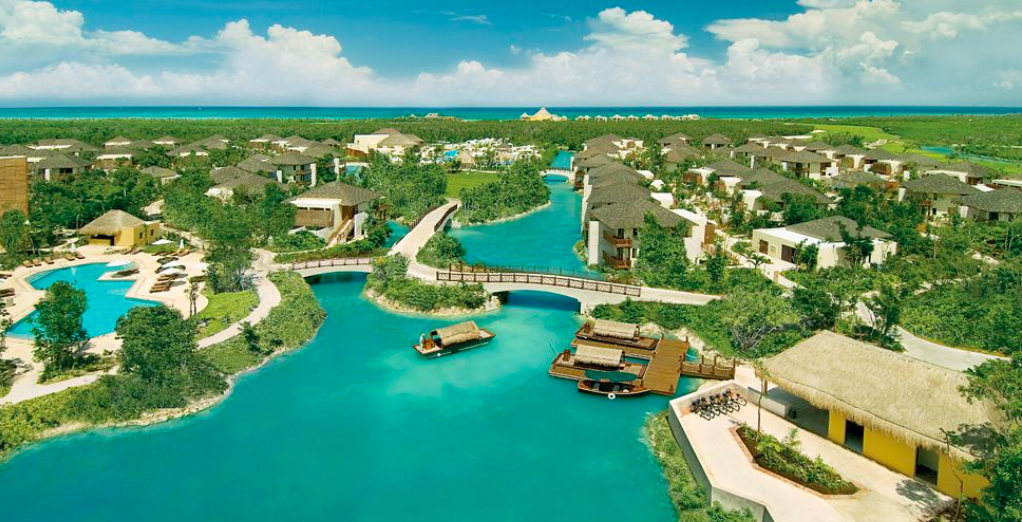
The idyllic beauty of Dedduwa is no secret. Located to the east of Bentota, it comprises water bodies, marshy lands and paddy fields. Weaving through the wetlands is the Dedduwa Lake, rich in biodiversity.
It was alongside the Dedduwa Lake that Sri Lanka’s legendary architect Geoffrey Bawa built his iconic country home, the Lunuganga Estate. Administered by a trust after his death in 2003, the Estate is still venerated by local and foreign tourists alike.
It is this scenic location that is to be the site of what has been touted as Sri Lanka’s ‘biggest tourism project’; an ambitious plan to transform a large swathe of the wetlands into one of Asia’s top three high-end tourism zones.
The project, by the Sri Lanka Tourism Development Authority (SLTDA) and the Southern Development Board, seeks to create a zone in the style of Mexico’s ‘Mayakoba’—a series of interconnected resort islands, making ample use of the location’s natural ecology.
Roar Media spoke to several of the people involved in the project to get a clearer idea of what the project entails.
What’s the plan?
Law, Order and Southern Development Minister Sagala Ratnayaka told Roar Media the Dedduwa tourism zone would be a high-end tourism zone, over three times as large as the Colombo Port city.
“The project, which will span across 1, 800 acres, will be a high-end tourist destination which includes unique resorts, restaurants, unique cuisine, water sports facilities, ferries and other entertainment and commercial activities,” the Minister said.
“About 60% of the total area will be water and 40% will be land. An unprecedented level of caution will be exercised throughout the construction, to protect the environment and the natural ecosystem,” he said.

Geoffrey Bawa’s country residence ‘Lunuganga Gardens’. Image courtesy geoffreybawa.com
The Minister said new laws and regulations would be formulated to protect the natural ecosystem as it was important the project was entirely sustainable. “This project, the first of its kind for Sri Lanka, will dramatically transform the tourism sector. We have been relying on our history, culture, heritage, natural resources, beautiful coastal line and other similar things all this while, but this is something we will build from scratch and offer to tourists from across the world. In that sense, this is a major investment for the country’s future,” he said.
What kind of tourism zone?
Shehan Ramanayake, Consultant at the Southern Development Board told Roar Media the plan was to build a resort destination that is “not a mass of concrete and human construction, but something a lot more natural, aesthetic, ecologically-sensitive and balanced.”
He said the concept—drawn by Channa Dasawatte’s architectural firm—planned to achieve three purposes: one, boost the destination profile of the country, making it one of the top three tourism zones in Asia; two, bring the economic value of the resort to the local area—that is, in terms of employment, to employ one or two levels above typical skills requirement; and three, for an experiential diversification of Sri Lanka’s tourism portfolio.
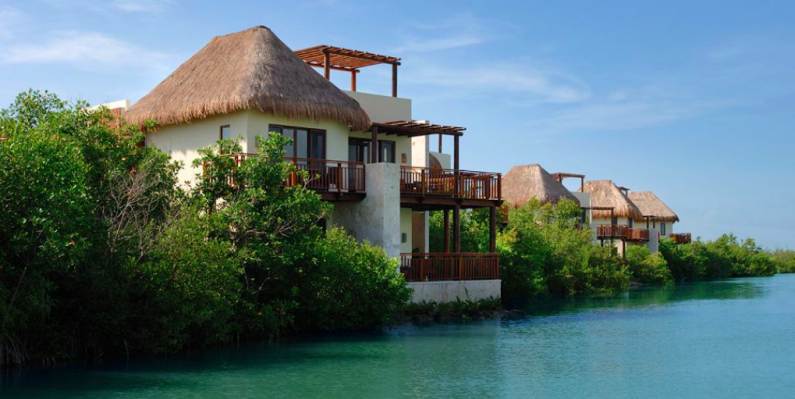
Fairmont Mayakoba, Riviera Maya. Image courtesy visasignaturehotels.com
“Everything we’ve been saying for the last thirty years about Sri Lanka, we’re still saying—beaches, Anuradhapura, the Dalada Maligawa, tea—we haven’t added any depth to our experiential portfolio as a policy,” he explained, adding that although the private sector has capitalised on the market, the public sector was yet to add depth to its portfolio.
“This is an opportunity for us to say we are looking for a different value proposition which is not beach-based, but an inland, water-based wetland, transformed into a high-end tourism resort,” he said.
Impact on communities
Director, Planning at the SLTDA Upali Ratnayake told Roar Media the communities around the Dedduwa area would be positively impacted by the project.
“Our first priority is the people in the area,” he said, explaining that the Vocational Training Authority and Sri Lanka Institute of Tourism and Hotel Management (SLITHM) in Galle would provide training opportunities for aspirants.
“There are initiatives for local people to gain employment opportunities at the resorts. There will also be opportunities for small and medium producers of crafts such as masks and beeralu lace,” he said, adding that these would provide an additional income to the locals.
Ratnayake said the SLTDA envisioned an integrated approach with the communities, “suppliers will have an opportunity—vegetable sellers, fishermen, animal husbandry, carpentry, masonry—all of these people will have opportunities to share the benefits,” he said.

Part of the area earmarked for development in Dedduwa. Image courtesy Tourism Development Authority
Is anyone negatively impacted?
Ratnayake denied that anyone would be negatively impacted by the project. He said the entire purpose of the project was to build it in a way that would not cause damage to the natural ecosystem and environment.
He said he had been personally involved with negotiations from the start and knew for certain there was no one negatively impacted by it.
“The area we seek to develop is mostly marshland and abandoned paddy fields,” he said. “I personally spoke to the people, together with the district secretary and grama seveka, and they were happy to give up their lands for compensation,” he said.
“In fact, they are waiting to see the project take off,” he added.
Ramanayake told Roar Media that the acquisition was done voluntarily. “The lands are not inhabited. The acquisition was done voluntarily with compensation based on valuation. No land has been forcibly acquired or grabbed,” he said.
“A lot of the land was abandoned marsh and paddy—an unused part of someone’s estate that was given up for financial compensation, or lands that were no longer arable, so they could sell it to the government for compensation,” he said.
Where things stand
“The financial feasibility assessment and the Environmental Impact Assessment (EIA) will be done before March next year,” Minister Ratnayaka said.

Interconnected islands will form a large part of what has been imagined for the Dedduwa project. Image courtesy Tourism Development Authority
“The initial work with regard to construction will start in March, 2018. The land acquisition has already been completed.”
Ramanayake told Roar Media that the project was still in its initial stages, “We have embarked on a series of studies—testing the soil, the hydrology of the area because it is adjoining the lake, as well as a feasibility study to evaluate the business viability of the concept we are proposing, because if the investors and the developers are unable to monetize and deliver value, the whole thing will be a flop.”
He added that, “We want to ensure that the concept we are proposing can make money for the developers and the private sector players who will be a part of this, to make sure that the project has long life and can deliver the kind of socioeconomic value that the project is intended to have to the community and the region.”
“We also want to be equipped to select the right investors,” he said. “We’re in the studies phase, so once the studies are complete and we have our information, research and analysis, we will refine the concept and our requirement of our investor to have a high degree of success.”
The project, one of many lined up by the government in its drive for development, will irrevocably impact the areas of tourism, service industries and employment generation in the country. The Dedduwa wetlands—home to a variety of freshwater fish, reptiles, aquatic birds, dragonflies, and a host of the other fauna and flora, including mangroves and mollusks—will also be irreversibly affected, unless the government sticks to its projected plan to make development as eco-friendly as possible. It is evident that it is with this in mind that the government has embarked on this project, but it will be up to the media, environmentalists and concerned citizens to ensure that the government keeps its promises.
Cover: Mexico’s Mayakoba, a series of interconnected islands. Image courtesy visasignaturehotels.com



